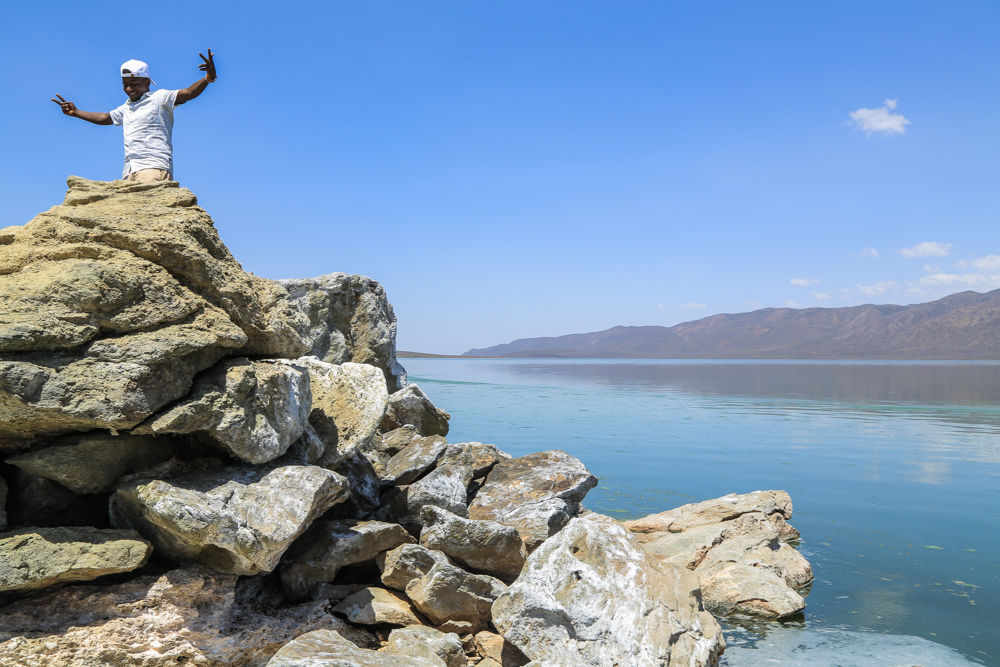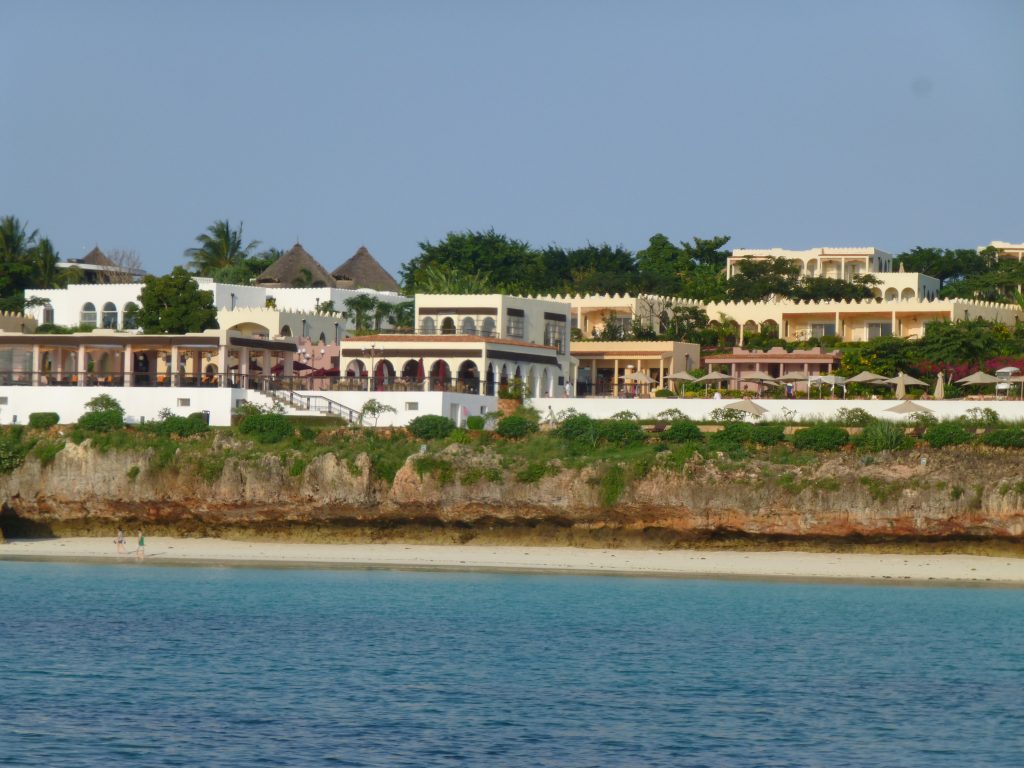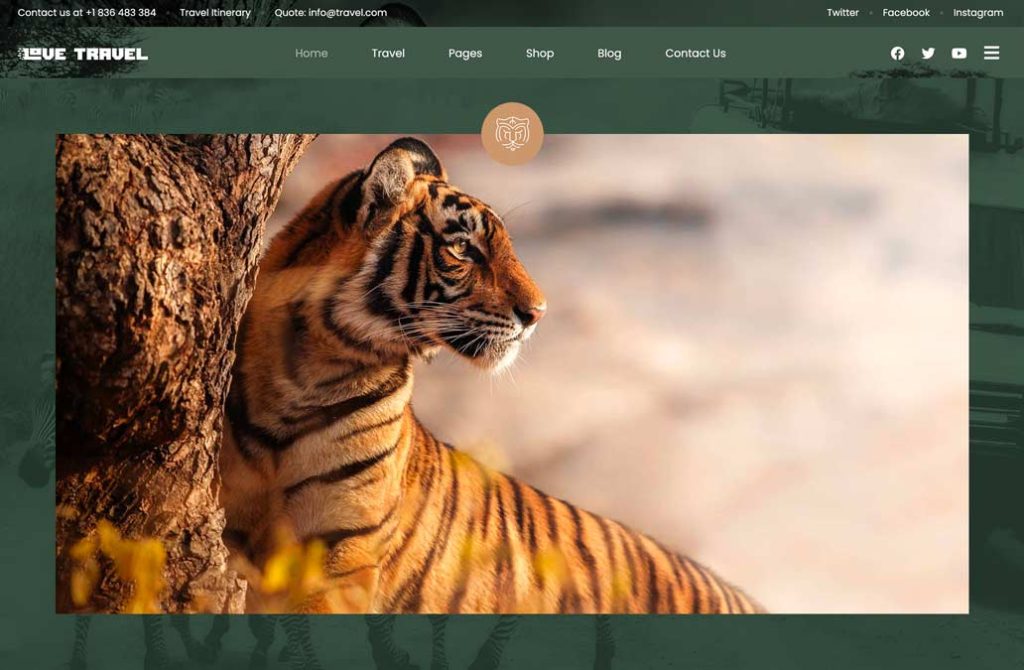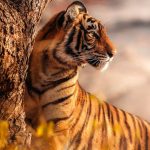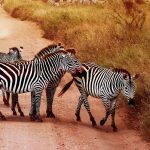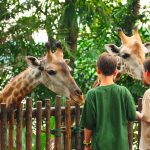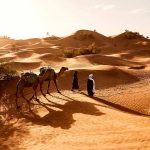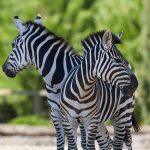Director General
Tanzania National Parks [P. O. Box 3134, Arusha, Tanzania] Tel: +255272544082 Fax: +255272548216 Email: info@tanzaniaparks.com Website: www.tanzaniapark.com
Chief Park Warden
Serengeti National Park [P. O. Box 3134, Arusha, Tanzania] Tel:{Hotline} +255{0}689 062 243 / {0}767 536 125 Tel./Fax [Office]: +254{0}732 985 760 Tel./Fax [Tourism] +255{0}732 985 766 Email: serengeti@tanzaniaparks.com Website: www.tanzaniaparks.com
HISTORY
The name Serengeti comes from a Masai word “Siringit” referring to endless plains as you stand on the southern grass plains, you experience this vastness,and can witness one of the greatest concentrations of plain animals left on earth.
The plains were formed 3-4 million years ago when ash blown from volcanoes in the ngorongoro highlands covered the rolling landscape . This thick layer of ash preserved traces of early man, and established the rich soil which supports the southern grass plains. from this early beginning, man and wildlife have shared this magical place.
In recognition of the need to preserve this special area, the central Serengeti was declared a Game Reserve in 1929. In 1951, the reserve became Tanganyika’s first National Park, and in those days included Ngorongoro crater.
Further alteration in 1959 resulted on the park boundaries you see today. Part of the park plains and the highlands were removed and added to the Ngorongoro conservation Area, while extension to the North and South were included to provide more protection to wildebeest migration.
Covering 14,763 square kilometers, the park is roughly the size of Northern Ireland or Connecticut, making it Tanzania’s second largest national Park. Its the center of of the Serengeti ecosystem. Roughly defined by the annual wildebeest migration, the Serengeti ecosystems is expansive – and area of 25-3000 square kilometers. Its the combination of the park with its buffer zones- Ngorongoro Conservation areas, four Game reserves, one Game controlled Area and Kenya’s Masai Mara National Reserve- that protects the largest single movement of wildlife on Earth.
It was first inhabited by the ancient hunter gatherers and more recently pastorals. The plains were controlled by the Masai. There are early Masai rock paintings still visible at Moru, and a special rock used for making music! The colonist who arrived by the early 1900’s found a land virtually untouched, and exploited it for exceptional hunting opportunities, particularly lion, leopard, buffalo.
The Serengeti offers more than just annual migration. Its colorful topography of mountains, rolling hills, rivers and plains provide year round habitat for many of the Serengeti species.
WESTERN CORRIDOR [Grumeti]
Stretching almost to the shores of Lake Victoria, the reach of the western corridor is important in preserving ancient migratory routes. In a typical year, the migration arrives between June and July, having left the dry plains in the South. Here the migrants mix with herbivores, including topi, giraffe, and buffalo. There is also a resident population of wildebeest! Supporting the lush riverine forest, the Grumeti river provides a sharp contrast to the plains snd hosts some of the Serengeti’s more unusual species, such as the black and white Columbus monkeys. Its the rivers population of giant Nile crocodiles at Kirawira that has made this part famous. Growing up to 6meters in length and and with unussually thick set jaws, their lives are inextricably linked with the great migration. Moving with surprisingly stealth and speed, they prey upon the thirsty heads as they drink from the river. This time of plenty for the crocodiles will sustain them until the herds return next year.
KOPJES [Rocks]
The Serengeti would not be the same without the beautiful rock outcrops known as kopjes [pronounces ‘copy’ from the Dutch meaning “little head”. Technically known as inselbergs, the intriguing rounded shapes of these ancient granite rocks are the result of cracking and erosion from exposure to sun, wind, and rain. They provide shelter and capture water for a wealth of wildlife and plants. In fact, without such environs, lions and other large animals would be unable to survive the dry seasons on the plains. The main groups of kopjes are: Barafu, Loliondo, Simba and Moru Kopjes are outstanding for their size and profusion of resident wildlife including lion, leopard, serval, caracal and even rhinoceros and elephant. Gol and barafu kopjes provide important habitat for cheetah, and are used by wildebeest in the wet season. Maasai and Loliondo kopjes provide outlooks for resident lion. and large cobras can oftenbe seen sunning themselves on the rocks. Simba kopjes supports a great variety of animals and birds including giraffe, baboon and lions [simba] for which they are named.
NORTHERN WOODLAND
Wildebeest move through the Northern woodlands in most years from June -December to feed on the longer grasses that persist in this area. Their range during this time extends north into Masai Mara. Rocky hills, rivers and woodlands typify this scenic area. Around October, nearly two million herbivores including wildebeest travel from the Northern hills towards the southern plains, crossing the Mara and Kirawira rivers, in pursuit of the rains in April, they return to the north through West, once again crossing the Mara and Kirawira rivers. This phenomenon is sometimes called the circular migration.
SOUTHERN PLAINS
The southern grass plains are some of the most productive and nutritious natural grassland in the world. When the short rains start in November, the wildebeest move south from the northern woodlands. They move to exploit the short grassplains, where the grasses are rich in the minerals they need to rear their young. In February/March one of the wildlife’s most amazing spectacle occurs. for 3-4 weeks, 90% of the female wildebeest give birth flooding the plains with thousands of newborn calves each day. The wildebeest may remain on the plains for several months, where they share these productive grasslands with migratory zebra, Thomson gazelle, and eland, as well as the many residents including the Grants gazelle, topi and hartebeest. The plains are also used by migratory birds including the white stock, pallid harrier, and peregrine falcon.
When the rains stop, the plains dry out rapidly forcing the herds to migrate west and north once again. Their departure in May/June marks another great spectacle. The wildebeest march in long, meandering lines that stretch for miles, or bunch into herds of thousands. These are the scenes that typify “the migration”. The southern plains are best visited from December to may when migrants are there.
SERONERA
The Seronera valley is an important transition zone between southern plains and the northern woodlands. It provides a rich mosaic of habitat criss -crossing by the rivers, the most prominent of which is Seronera river from which the area takes its name. With year round water, thi is perhaps the most reliable area in the park to view wildlife. Its possible to see many of the Serengeti resident wildlife including giraffe, buffalo, topi, hartebeest, waterbuck, impalla, reedbuck, bushbuck, dikdik, hippopotamus, crocodile, warthog and diverse bird-life. Large prides of lions reside here, as well as clans of spotted hyena. The most elusive leopard is also common here but less easy to spot! The river tracks offer the best chance to see a leopard, which usually rest in the branches of acacia or sausage trees. Cheetah can also be seen here as well as serval and caracal.


